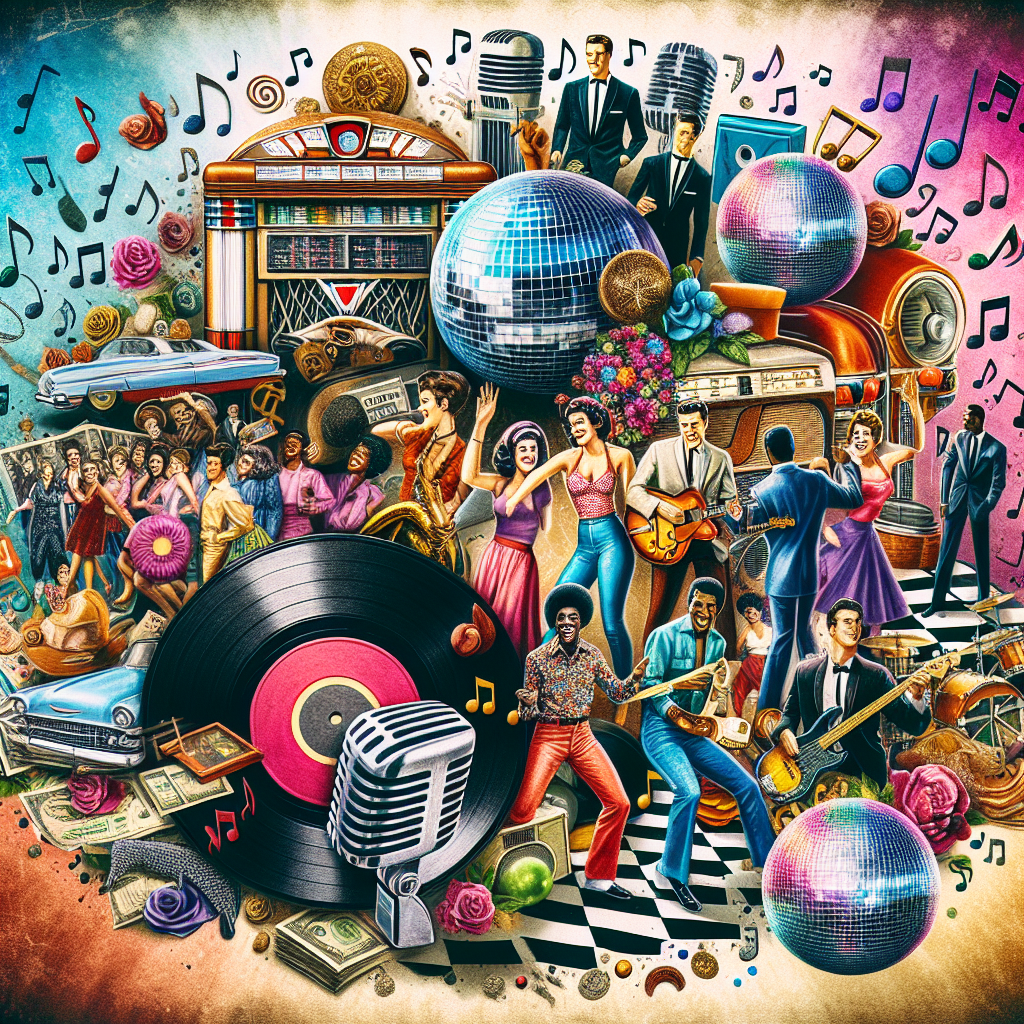During the 1950s and 1960s, the Civil Rights Movement in the United States was at its peak. This pivotal time in history saw activists fighting for racial equality and justice, using various forms of protest to bring about change. One powerful tool that was utilized during this time was music, specifically revolutionary songs that became anthems for the movement.
Music has always been a reflection of culture and society, and during the Civil Rights Movement, it played a crucial role in spreading messages of hope, unity, and resistance. Artists such as Sam Cooke, Nina Simone, Bob Dylan, and Joan Baez used their music to speak out against racism and injustice. Their songs became rallying cries for activists and ordinary citizens alike, inspiring them to continue fighting for equality.
Politicians also recognized the power of music during this time. Leaders like Martin Luther King Jr. understood that music had the ability to bring people together and motivate them to take action. King often referred to music as a unifying force that could transcend barriers of race and class.
In addition to its political impact, music from the Civil Rights Movement also influenced fashion trends of the time. Artists like Aretha Franklin and James Brown were known for their bold style choices, which inspired others to embrace their cultural identity through clothing and accessories. The afro hairstyle became a symbol of black pride during this era, with many musicians sporting the iconic look.
Technological advancements also played a role in spreading revolutionary songs of the Civil Rights Movement. The invention of the transistor radio made it easier for people to access music on-the-go, allowing these powerful messages to reach a wider audience. Television broadcasts also featured performances by activist musicians, further amplifying their impact.
Overall, the revolutionary songs of the Civil Rights Movement had a lasting impact on American society. They helped galvanize support for the cause of racial equality and justice, while also influencing other aspects of culture such as fashion and technology. These songs continue to be celebrated today for their powerful messages of hope and resilience.


Get involved!
Comments